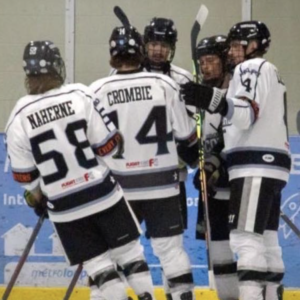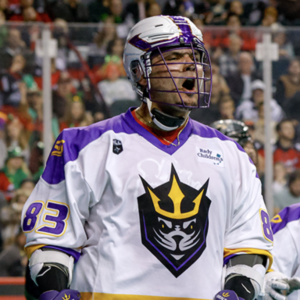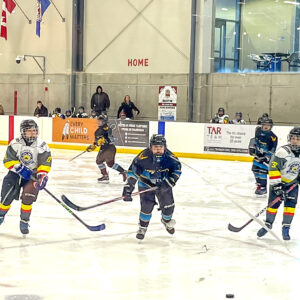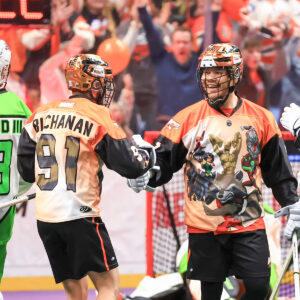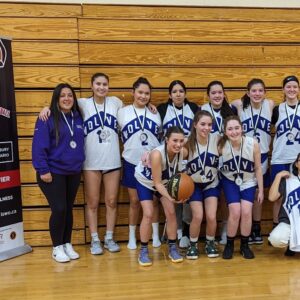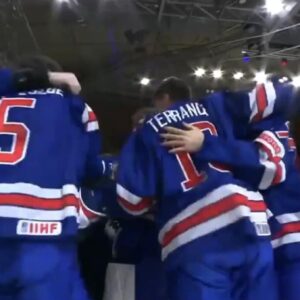
This years Little Native Hockey League seen over 200 teams and 3500 athletes, with an increase in girls participation for its 48th year.
The premise of this tournament is to give opportunities to indigenous hockey athletes while holding up four pillars which are sportsmanship, education, citizenship and respect.
However, last week video of a brawl that took place during the Long Lake 58 Generals and the Kattawapiskak Midgets match up for the Boys Midget Rec. C final play off game circulated online posted by viewers and parents in the stands of the Iceland Rink #4 in Mississauga last Wednesday.
Long Lake took a loss 2-4 against Kattawapiskak and a fight broke out between the two teams after the games conclusion as Kattawapiskak began to celebrate.
The debate over allowing fighting in hockey games is ongoing. Despite its potentially negative consequences, such as concussions and serious injury, administrators at the professional level have no plans of eliminating fighting from the game, and most players below the professional level consider it to be an essential part of what makes hockey, hockey.
For the midget division in Little NHL, body contact is allowed and the referees can be seen in the videos allowing the first tussle to continue while others begin. Soon numerous fights on the ice can be seen and eventually several adults emerged while hockey sticks lay strewn across the ice. Some adults appear to be trying to break up the scuffles, while one individual can be seen picking up a hockey stick and swinging it before being taken down by opposing players.
Little NHL is not only one of the largest hockey tournaments in Ontario, it is the largest Indigenous hockey tournament in Ontario. Thus, this tournament is a showing of indigenous youth and their athletic excellence.
Unfortunately, the brawl itself was covered by media outlets across the board — more so than the opening and closing ceremonies. Thus, as can be expected, rather than focusing on the champions of the tournament, the media flocked to cover the brawl which was the only brawl out of over 500 games.
This put the players and coaching staff of both teams on the centre stage while the Little NHL organization rushed to clear the situation in an effective manner.
But losing control of a team begins on the bench.
If players are given parameters by coaching staff while playing, such as a penalty for checking from behind can result in the team running extra laps or doing extra push ups, the players are less likely to act out of frustration or anger and exalt restraint because there are consequences they will face as a team. It would appear that no such parameters were in place, as the Long Lake assistant coach was the individual in the videos striking Kattawapiskak players with a hockey stick.
Another point is that the youth participating in this tournament should be made aware that they are playing against their own people. Losing a game should not be looked at as a loss in this tournament, but rather a victory for all including the the community that excels in the sport.
Competition between communities that face the same hardships and situations should be confident in their ability to do the best that they can and focus on gaining experience while playing, rather than focusing on being in the tournament for a trophy or medals. That material way of thinking does not belong within an indigenous youth tournament but again — it starts on the bench.
Out of over 500 games and positive experiences withheld by the larger majority of the athletes within this March Break tournament, not only was the conduct of these two teams out of control, it is embarrassing that one of the the main memories that will be recalled from this years tournament is the line brawl.



